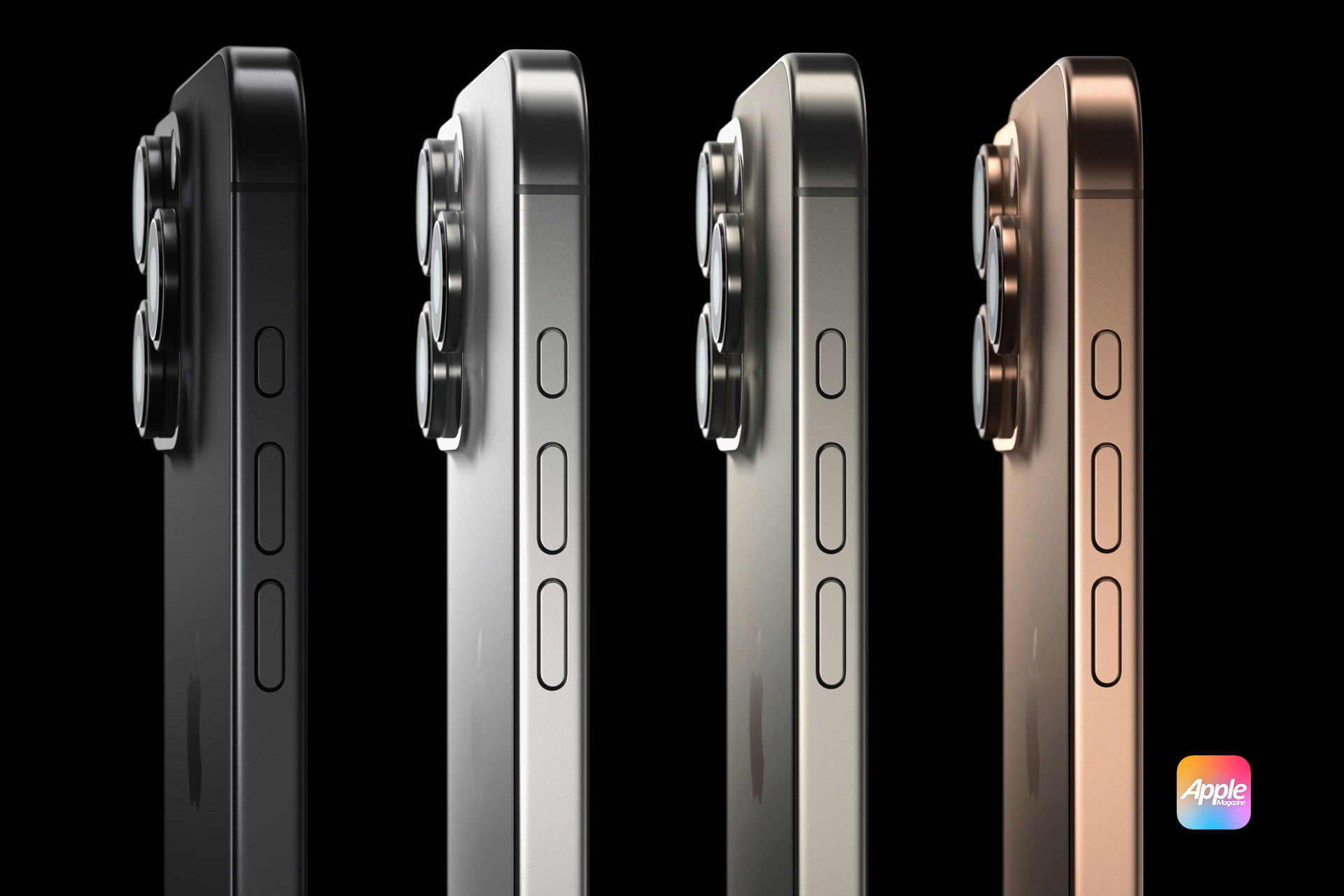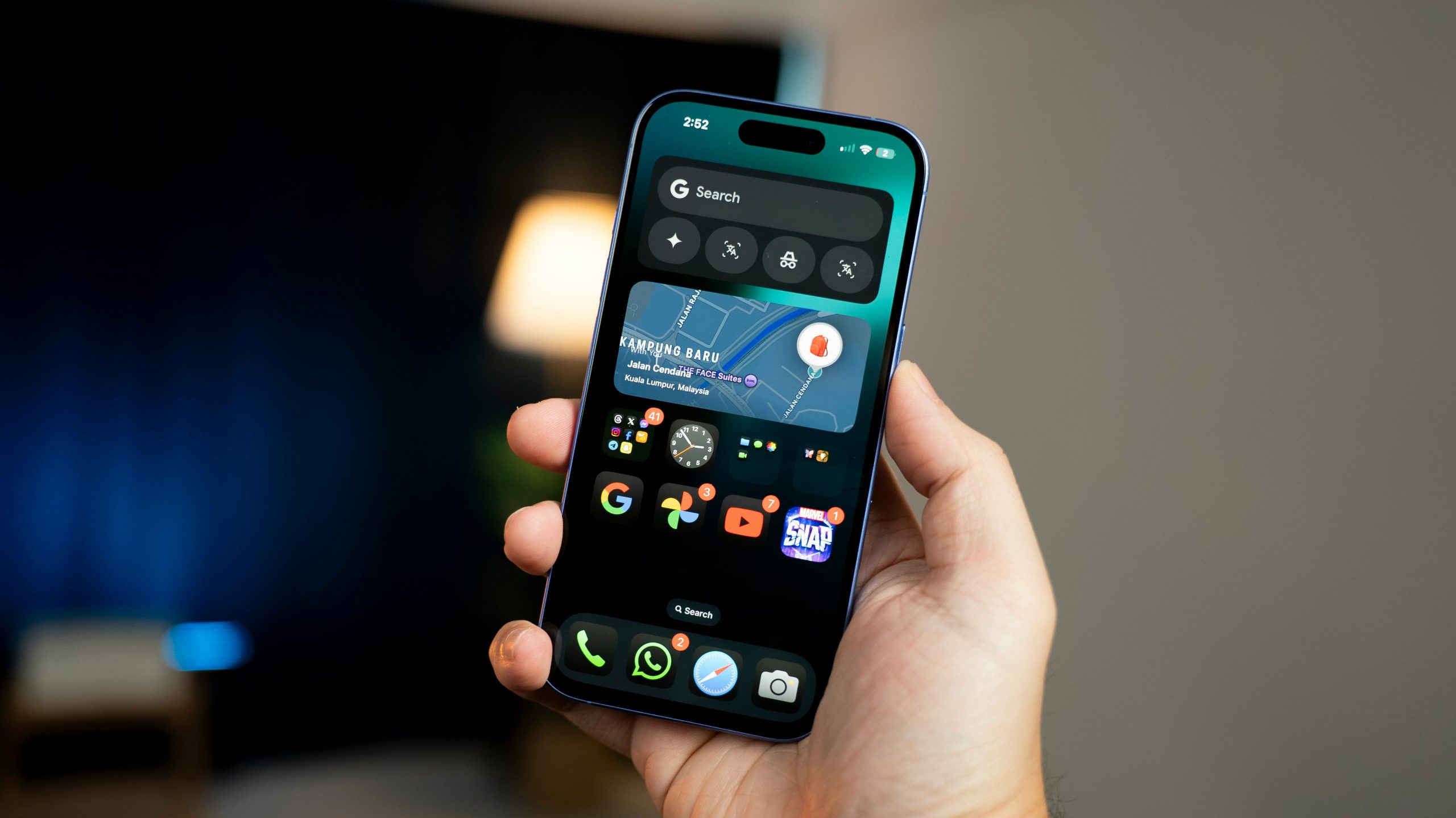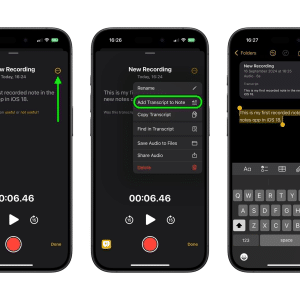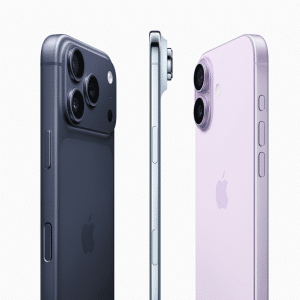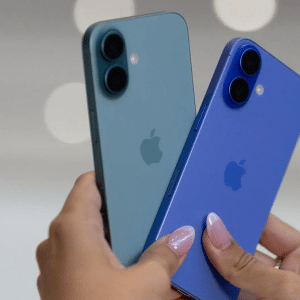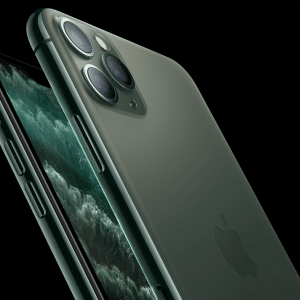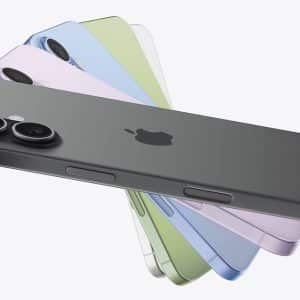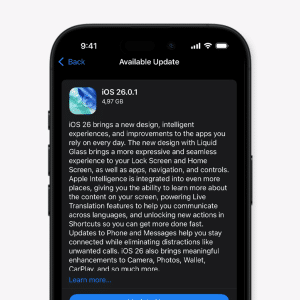From groundbreaking changes to design-focused updates, this year’s lineup promises something for everyone. Here’s a detailed look at what each model has to offer and how they fit into Apple’s broader strategy.
The iPhone SE 4: A Budget-Friendly Powerhouse
The iPhone SE 4 is Apple’s budget-friendly option, but it’s far from basic. Scheduled for release in the spring, this model marks the first update to the SE line since 2022, and the changes are significant. The most noticeable upgrade is the shift from the traditional Home Button to an edge-to-edge OLED display with a notch. This change aligns the SE more closely with Apple’s flagship models, providing a modern design at a lower price point.
Internally, the SE 4 borrows heavily from the iPhone 16. It’s equipped with the powerful A18 chip and eight gigabytes of RAM, ensuring smooth performance for everyday tasks and more demanding applications. The camera is also getting a major boost, with a 48-megapixel main sensor that brings advanced photography capabilities to Apple’s most affordable iPhone. Additionally, the SE 4 features a USB-C port, reflecting Apple’s transition away from the Lightning connector. One of the most intriguing aspects of this model is the inclusion of Apple’s first in-house 5G modem, a significant step toward reducing the company’s reliance on third-party suppliers. This combination of features makes the iPhone SE 4 a compelling choice for those looking for an affordable yet powerful smartphone.
The iPhone 17 Air: A Design-Centric Innovation
In the fall, Apple will unveil four new models in the iPhone 17 series. Among them, the iPhone 17 Air stands out as a significant departure from Apple’s usual offerings. This model replaces the iPhone Plus, introducing a fresh focus on design. The 17 Air is set to be Apple’s thinnest iPhone ever, featuring a sleek and futuristic look. Its unique display size is designed to strike a balance between the two Pro models, making it an attractive option for users who prioritize aesthetics.
While the 17 Air prioritizes form over function, it’s no slouch in terms of performance. It shares several specifications with the base iPhone 17, including the A19 chip and eight gigabytes of RAM. However, it does not include the A19 Pro chip or the 12 gigabytes of RAM found in the Pro models. Despite these limitations, the 17 Air introduces a high-refresh-rate display and Apple’s in-house 5G modem, ensuring a seamless user experience. This model is likely to appeal to those who value design and are willing to pay a premium for it.
The iPhone 17 Pro: A Power User’s Dream
The iPhone 17 Pro continues Apple’s tradition of offering high-performance devices for power users. This year, the Pro model retains its 6.3-inch display but incorporates a redesigned aluminum frame, replacing the titanium used in previous versions. The camera system is also getting a revamp, with a larger, rectangular bump that hints at significant upgrades. While specific details about the rear camera improvements are not yet available, rumors suggest enhancements to both photo and video capabilities. Notably, the front camera is being upgraded from 12 megapixels to 24 megapixels, a change that applies across the entire iPhone 17 lineup. This improvement will undoubtedly enhance selfie quality and video calls.
Under the hood, the iPhone 17 Pro is powered by the A19 Pro chip and comes with twelve gigabytes of RAM, the highest ever in an iPhone. This combination ensures top-tier performance, making the Pro model ideal for demanding tasks such as gaming, video editing, and augmented reality applications. While the 17 Air may grab attention with its design, the 17 Pro is a powerhouse that delivers unmatched performance.
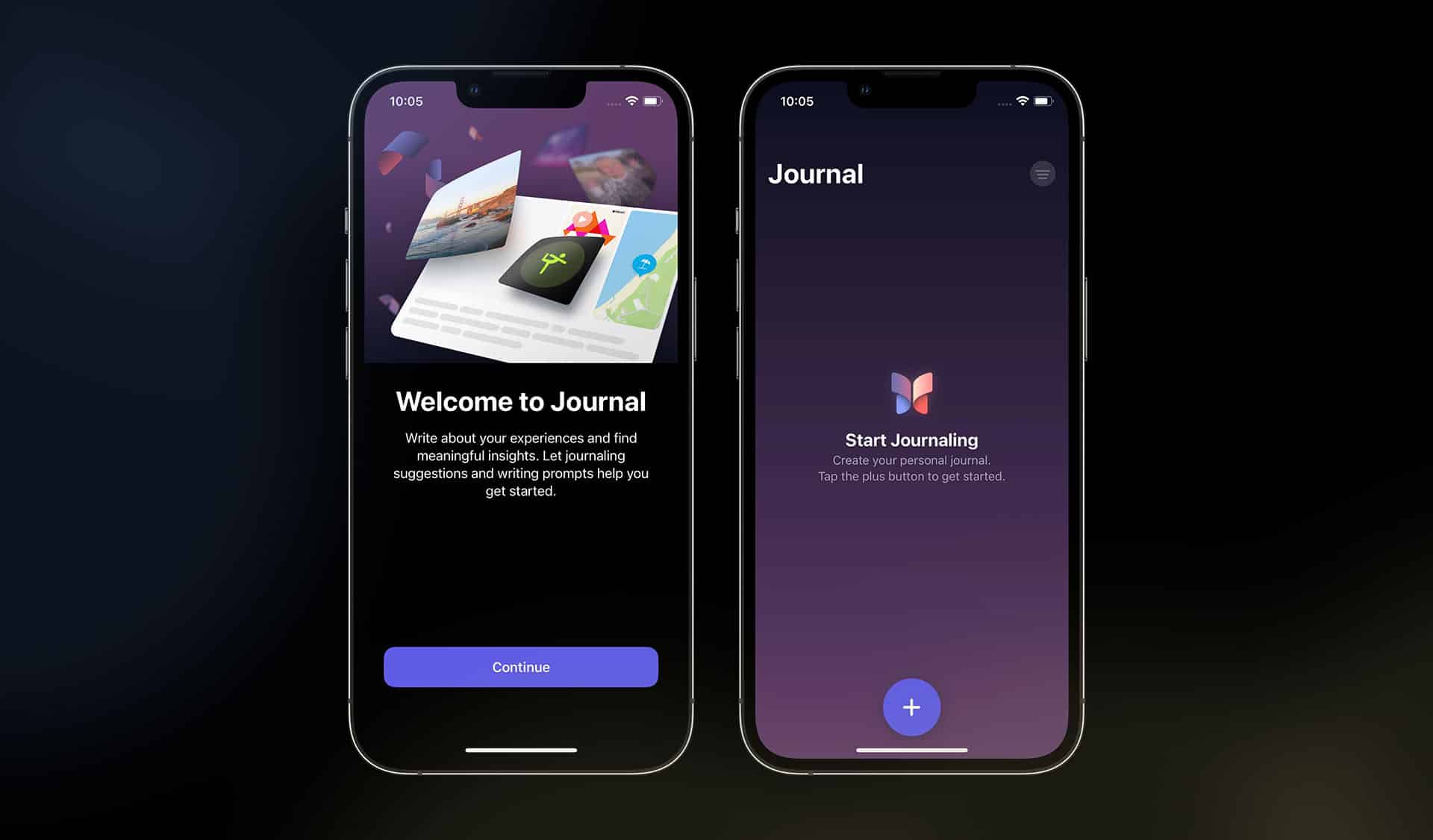
The iPhone 17 Pro Max: The Pinnacle of Apple’s Innovation
For those who want the best of the best, the iPhone 17 Pro Max offers everything the Pro model does, with a few additional perks. One of the most notable changes this year is a smaller Dynamic Island, a feature that has been a staple of Apple’s Pro models. While details are scarce, there’s speculation that this reduction in size could be due to the integration of Face ID directly into the display. If true, this would represent a significant technological leap, further differentiating the Pro Max from other models.
The Pro Max is also expected to offer better battery life, thanks to its larger size. While specific battery improvements have not been disclosed, Apple’s Pro Max models have traditionally excelled in this area. Additionally, there’s a possibility that the Pro Max will include camera features not available in the smaller Pro model, although no concrete details have emerged. With its combination of performance, design, and exclusive features, the iPhone 17 Pro Max remains the ultimate choice for Apple enthusiasts.
The iPhone 17: A Reliable All-Rounder
Rounding out the lineup is the base iPhone 17. This model builds on the success of last year’s iPhone 16, which was widely praised for offering a strong balance of features at a reasonable price. The iPhone 17 retains the same 6.1-inch display as its predecessor but introduces several internal upgrades. It’s powered by the A19 chip and includes eight gigabytes of RAM, ensuring reliable performance for everyday use.
Like the Pro models, the base iPhone 17 features a 24-megapixel front camera, marking a significant improvement over the 12-megapixel camera in previous models. While the rear camera specifications have not been detailed, it’s reasonable to expect incremental improvements. The base model also includes Apple’s in-house 5G modem, aligning it with the rest of the iPhone 17 lineup. While it may lack the high-end features of the Pro and Pro Max models, the base iPhone 17 offers a solid option for users who want a reliable and well-rounded smartphone.
Apple’s Commitment to Innovation and Sustainability
The iPhone lineup for 2025 reflects Apple’s commitment to innovation and customer satisfaction. The iPhone SE 4 sets a new standard for budget smartphones, offering premium features at an affordable price. The iPhone 17 Air introduces a design-focused approach, appealing to those who value aesthetics. The iPhone 17 Pro and Pro Max continue to push the boundaries of performance and technology, while the base iPhone 17 provides a reliable option for the average user. With such a diverse range of models, there’s likely to be an iPhone for everyone this year.
Choosing the right iPhone will depend on individual preferences and priorities. For budget-conscious buyers, the iPhone SE 4 offers an unbeatable combination of price and performance. Those who value design may gravitate toward the iPhone 17 Air, while power users will likely opt for the iPhone 17 Pro or Pro Max. Meanwhile, the base iPhone 17 provides a balanced option that meets the needs of most users.
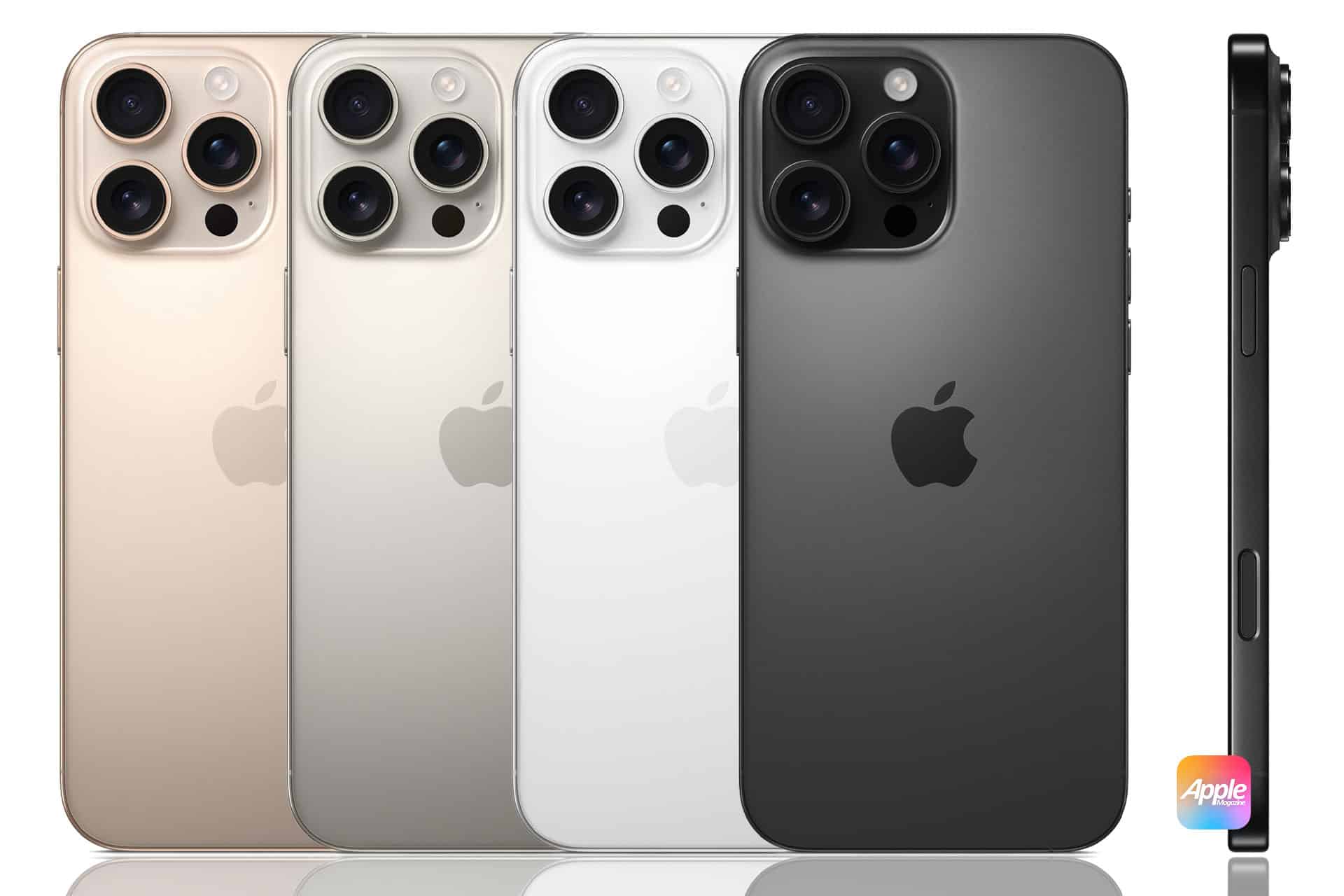
Key Features and Industry Trends
Apple’s decision to introduce an in-house 5G modem across its lineup is a notable development. This move not only reduces the company’s dependence on external suppliers but also allows for greater control over performance and integration. The transition to USB-C ports is another significant change, reflecting broader industry trends and regulatory requirements. These updates underscore Apple’s commitment to staying ahead of the curve while meeting customer expectations.
The introduction of a high-refresh-rate display in the iPhone 17 Air is particularly exciting. This feature has been a staple of the Pro models in recent years, and its inclusion in a mid-tier device represents a shift in Apple’s strategy. By offering advanced features in a wider range of models, Apple is making its technology more accessible to a broader audience. This approach could help the company maintain its competitive edge in an increasingly crowded smartphone market.
The upgraded front camera across the iPhone 17 lineup is another highlight. The jump from 12 megapixels to 24 megapixels represents a significant improvement, enhancing the quality of selfies and video calls. This change reflects the growing importance of front-facing cameras in today’s social media-driven world. By prioritizing this feature, Apple is addressing a key area of customer demand.
As always, Apple’s Pro Max model is expected to set the benchmark for premium smartphones. The possibility of a smaller Dynamic Island and embedded Face ID could represent a major technological advancement, further solidifying the Pro Max’s position at the top of the market. While details are still emerging, these features are likely to generate significant interest among tech enthusiasts.
A Strong Year for iPhones
The iPhone 17 lineup also highlights Apple’s commitment to sustainability. By incorporating more durable materials like aluminum and reducing reliance on external suppliers, the company is taking steps to minimize its environmental impact. These efforts align with Apple’s broader goals of reducing its carbon footprint and promoting sustainability across its product range.
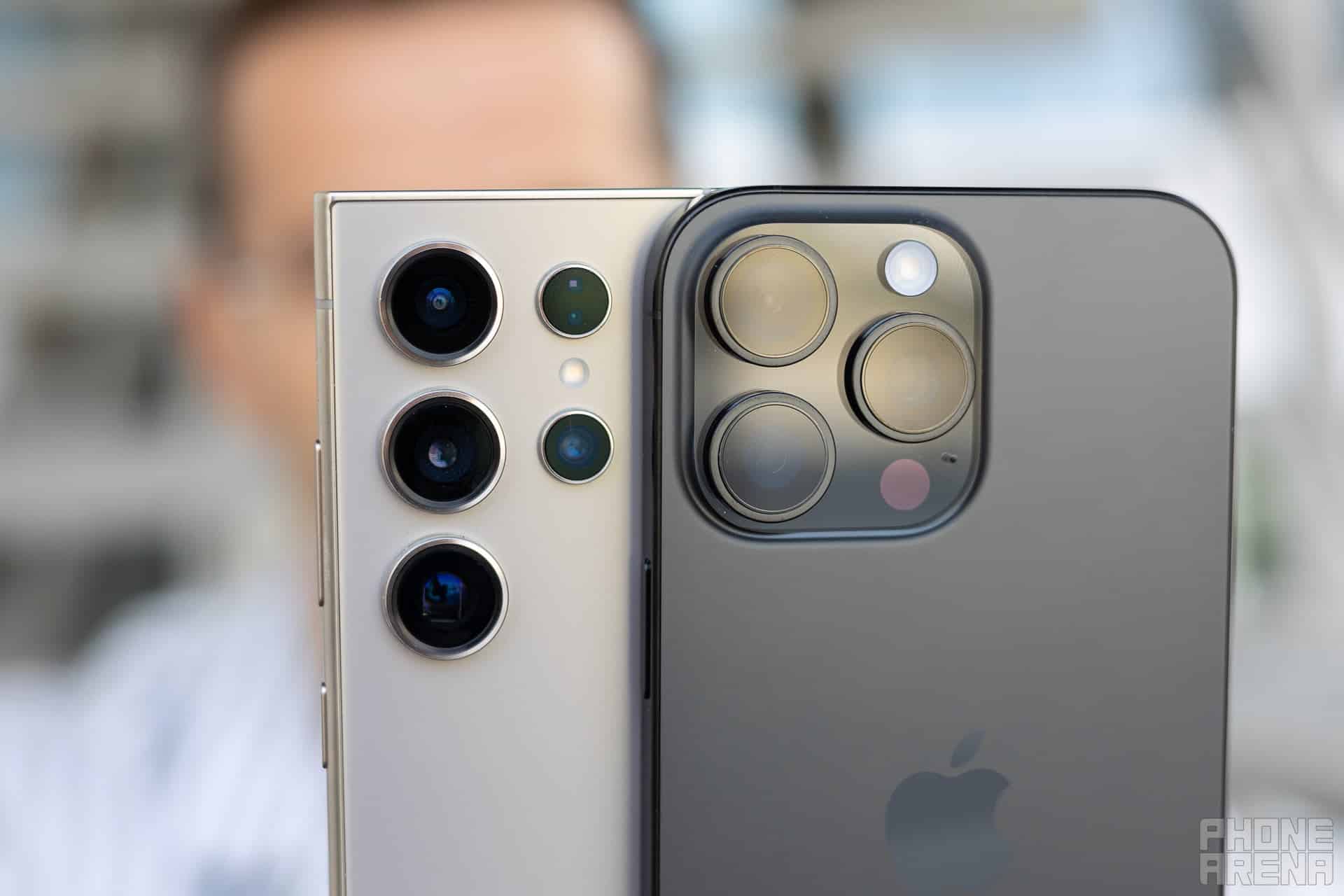
Five new iPhones are launching this year, here’s what’s coming – 9to5Mac
